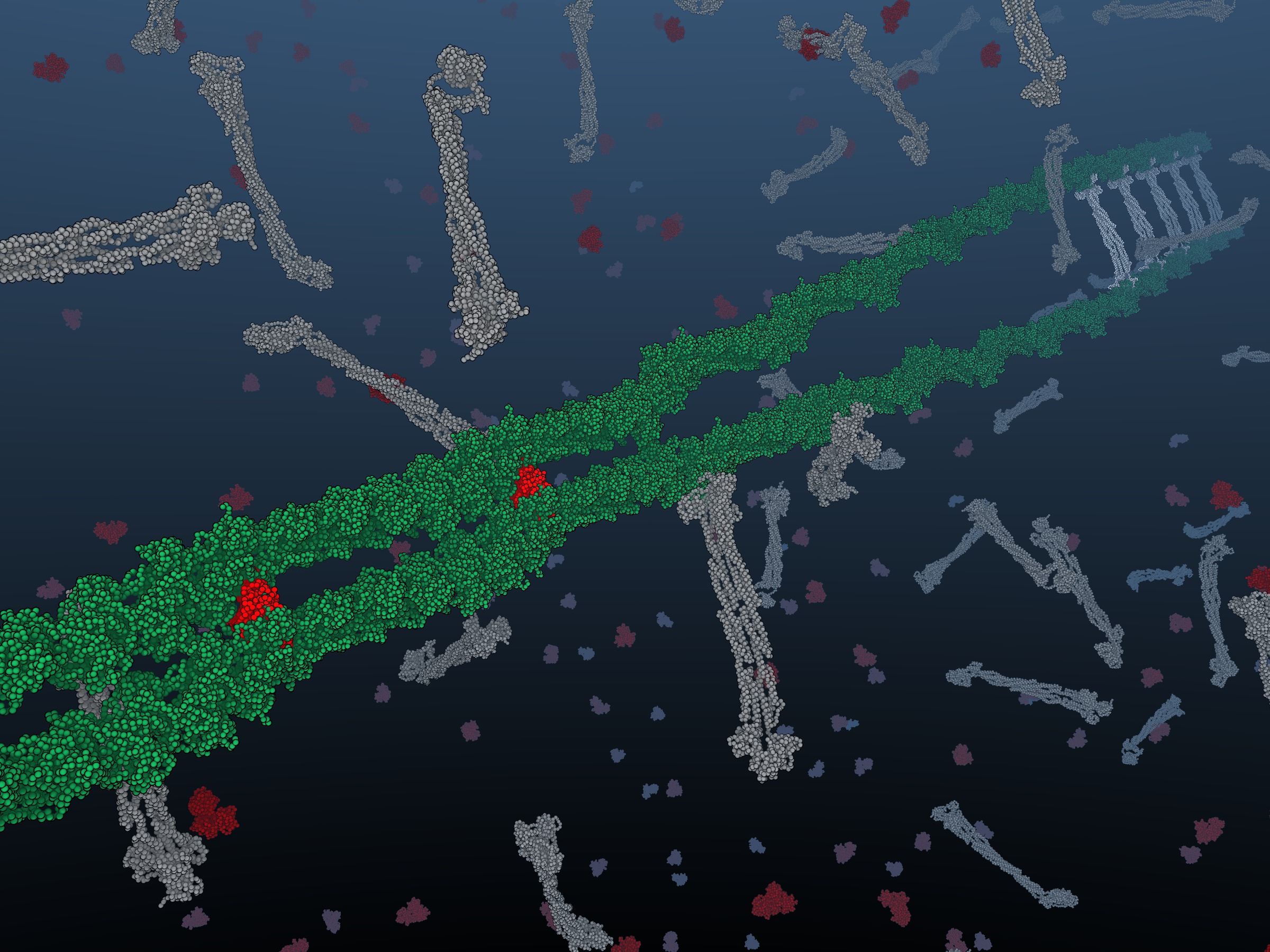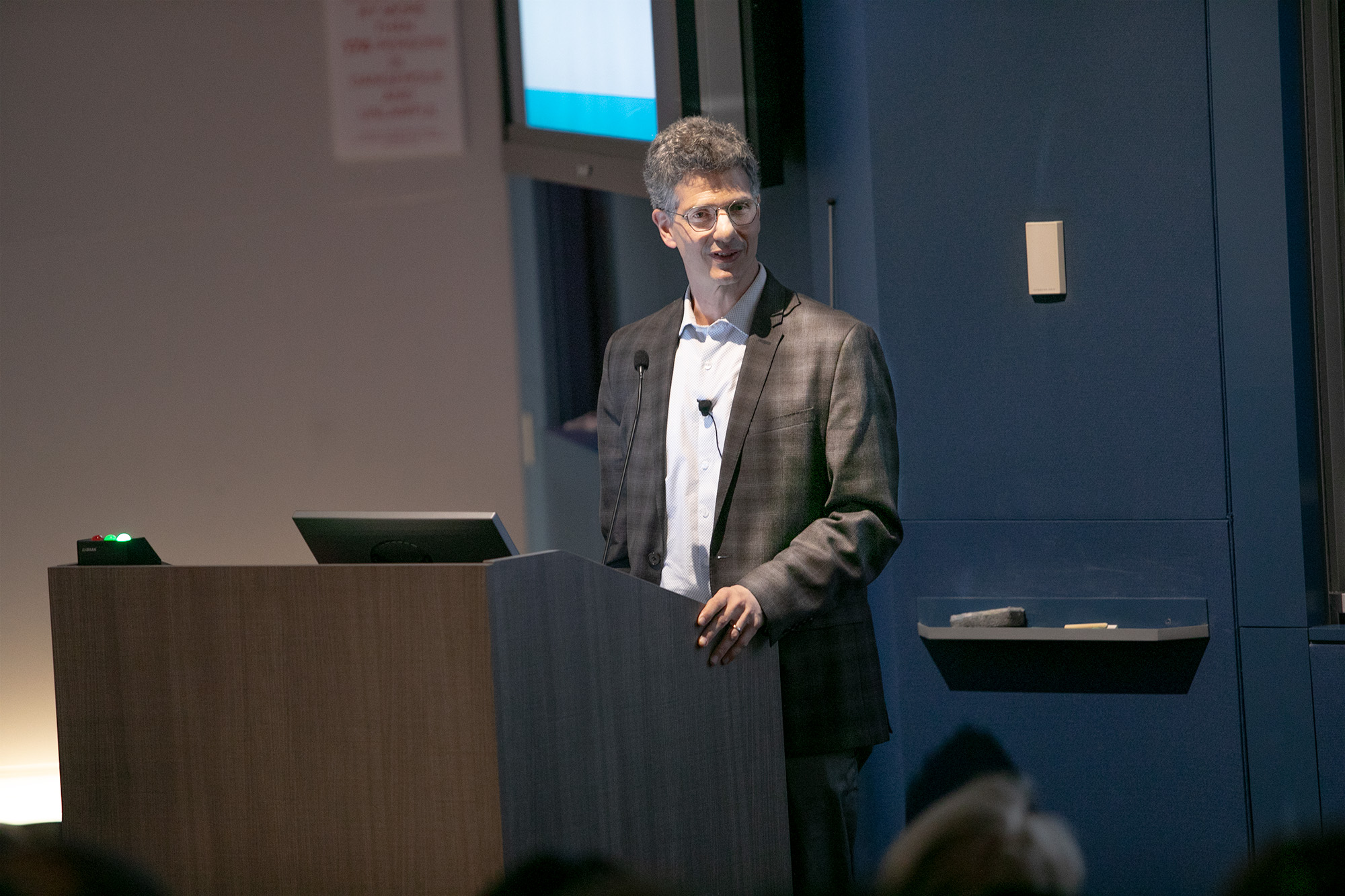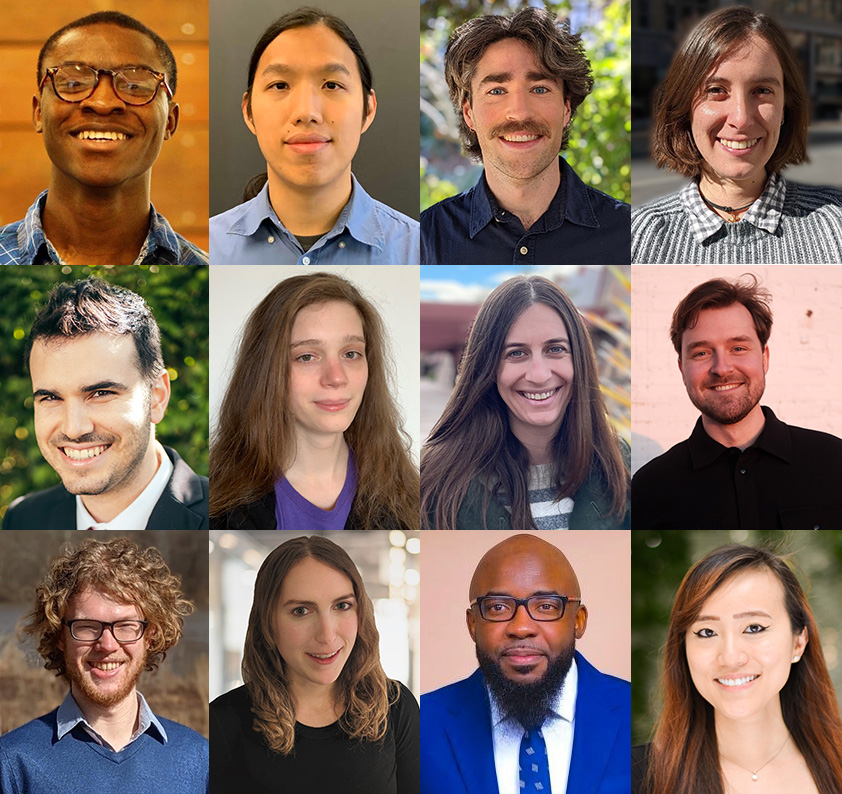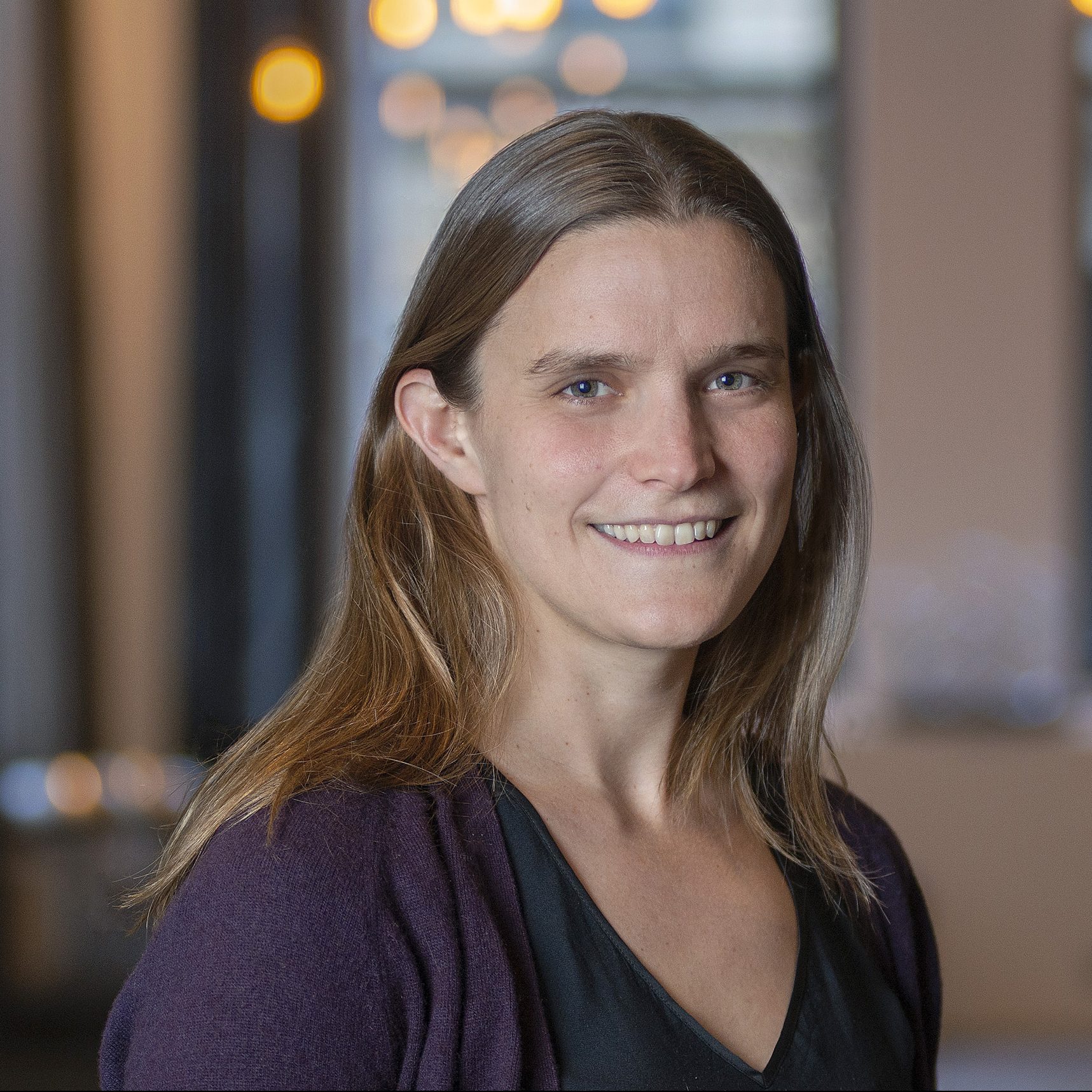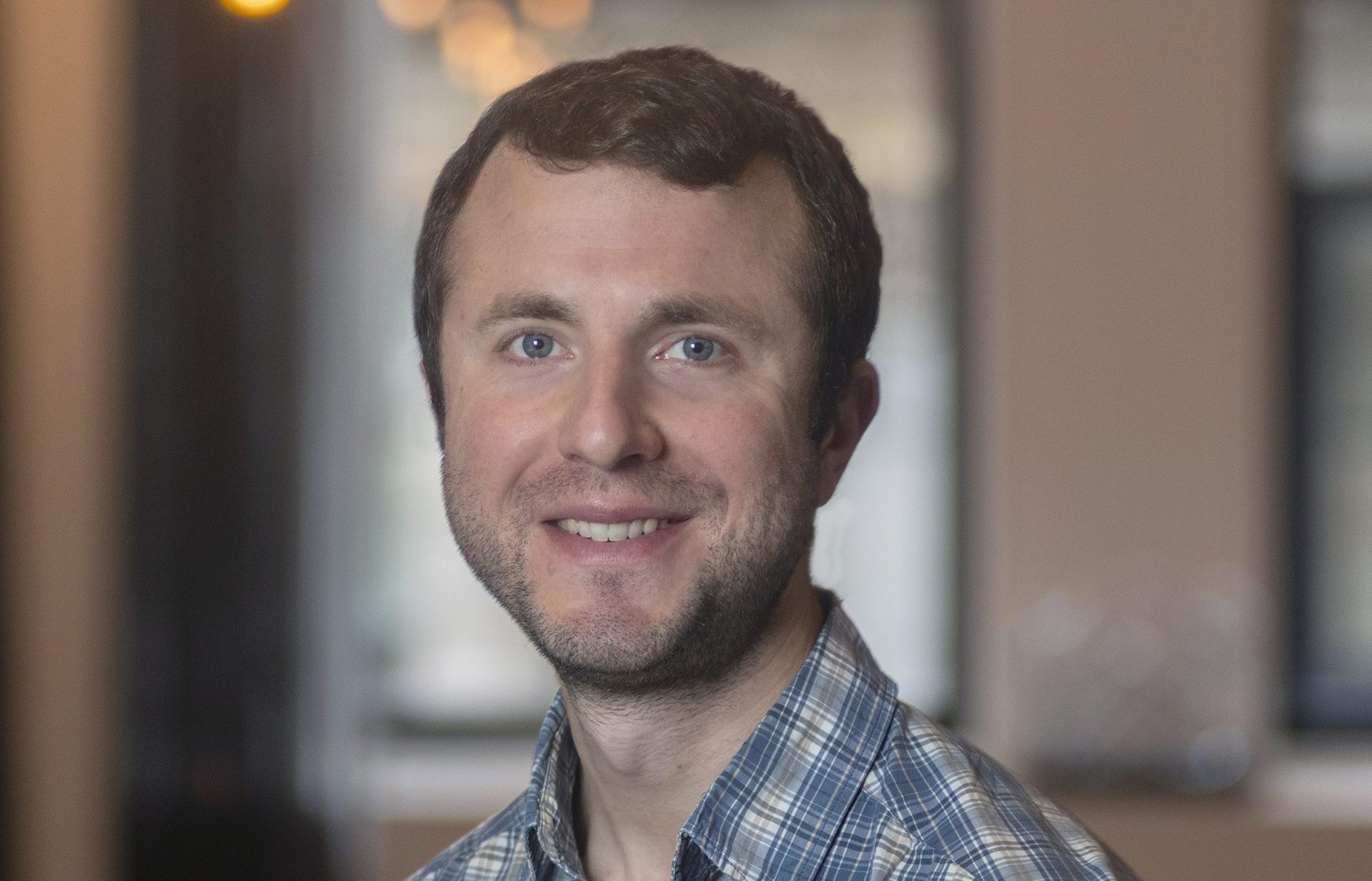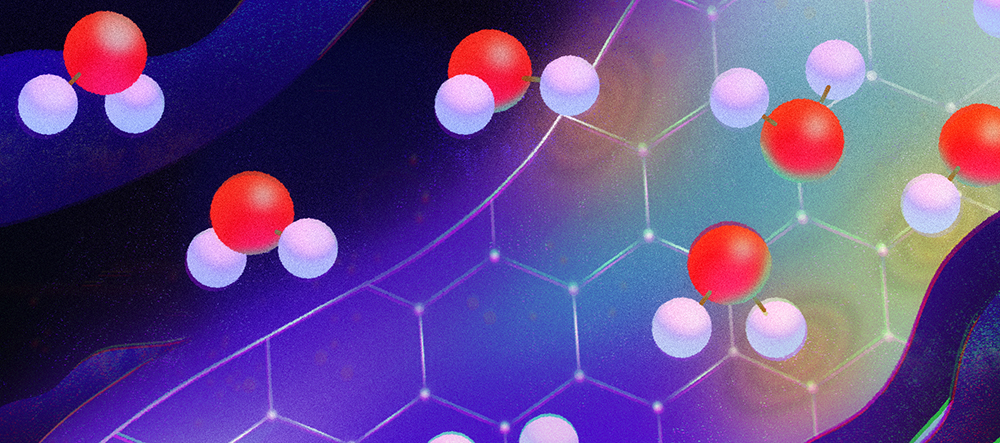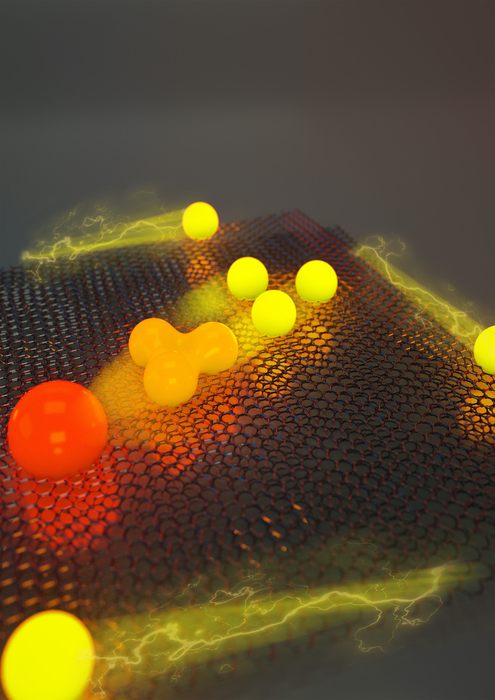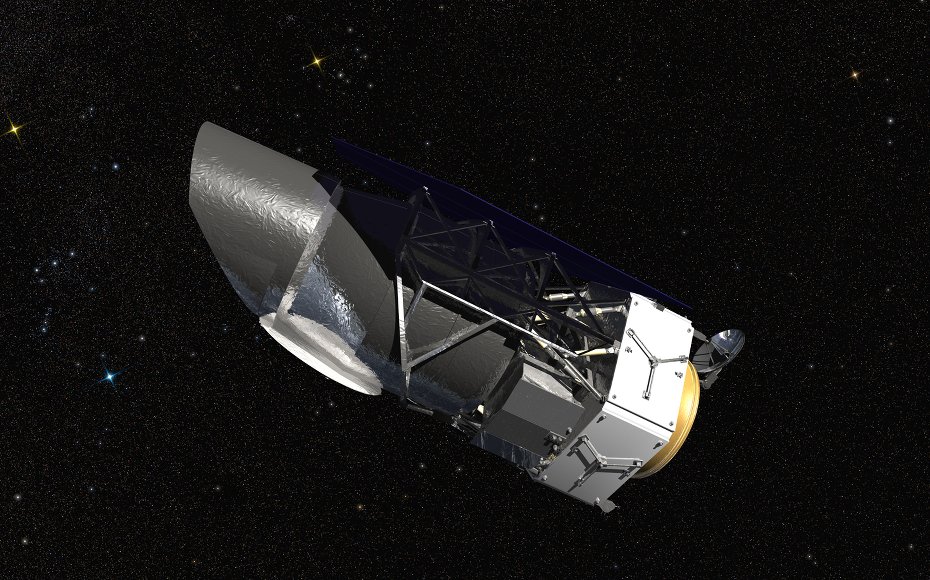
David Spergel Receives NASA’s Exceptional Public Service Medal
Simons Foundation, April 2022On April 13, NASA has awarded Simons Foundation president David Spergel its Exceptional Public Service Medal, in a virtual ceremony telecast. The award cites Spergel’s “outstanding leadership of the Nancy Grace Roman Space Telescope’s science teams during its initial mission concept and formulation period.” This medal is awarded to recipients whose “record of achievements sets a benchmark for other nongovernment contributors to follow.”
